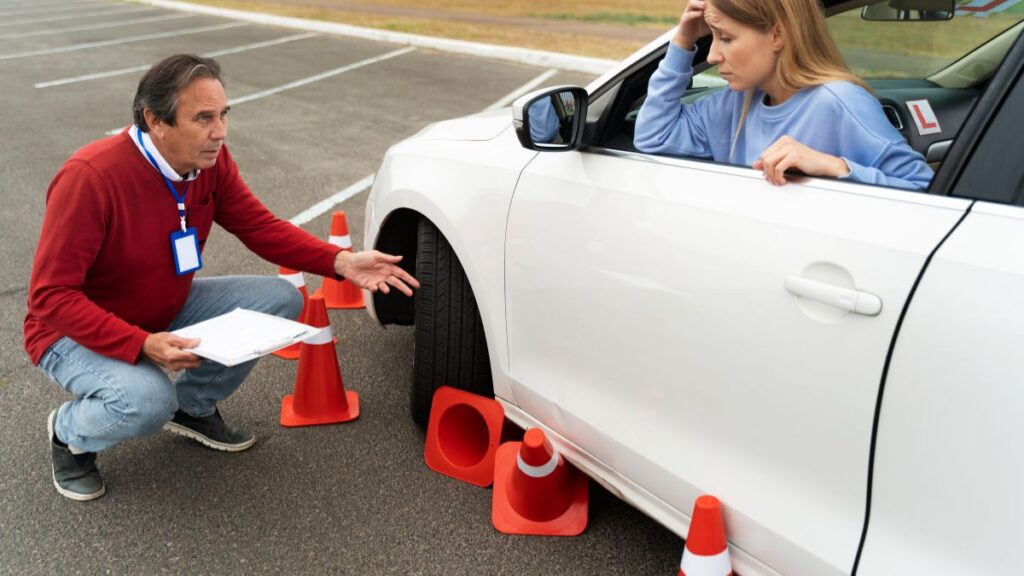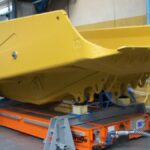Introduction to StabiliTrak and Traction Control
When it comes to vehicle safety and performance, two terms often come up: StabiliTrak and traction control. While they may sound similar, their roles in keeping you safe on the road are distinct. Understanding how each system operates can make a significant difference in your driving experience, especially during challenging conditions like rain or snow. If you’ve ever wondered what separates these two features or how they work together to enhance your vehicle’s stability and grip, you’re not alone. Let’s dive into the fascinating world of automotive technology and uncover what sets StabiliTrak apart from traction control!
How StabiliTrak and Traction Control Work
StabiliTrak and traction control systems are both integral to maintaining vehicle stability. StabiliTrak primarily focuses on enhancing your car’s handling dynamics. It uses sensors to monitor wheel speed, steering angle, and lateral acceleration.
When the system detects a loss of traction during cornering or sudden maneuvers, it intervenes by reducing engine power or applying brakes to specific wheels. This helps keep the vehicle stable and aligned with driver intentions.
On the other hand, traction control is designed specifically for improving grip on slippery surfaces. When it senses that one or more wheels are spinning faster than others—like in rain or snow—it reduces engine output or applies brake force to those spinning wheels.
Together, these systems work harmoniously but have distinct roles in ensuring safety and performance while driving under various conditions.
Differences in Functionality
StabiliTrak and traction control serve different purposes, even though they often work together. StabiliTrak is primarily designed to enhance vehicle stability during sharp turns or slippery conditions. It actively monitors wheel speed and steering input, adjusting power delivery to maintain control.
On the other hand, traction control focuses on preventing wheel spin during acceleration. It comes into play when your wheels lose grip on surfaces like wet roads or ice. By reducing engine power or applying brakes selectively, it helps keep your car moving forward smoothly.
While both systems contribute to a safer driving experience, their functionality differs significantly. StabiliTrak emphasizes overall vehicle stability in various situations, while traction control targets improved acceleration in low-traction scenarios. Understanding these differences can help drivers make better use of each system when needed.
Benefits of StabiliTrak and Traction Control
StabiliTrak and traction control systems offer a range of advantages for drivers, enhancing both safety and performance. StabiliTrak primarily focuses on maintaining vehicle stability during challenging maneuvers. It helps prevent skidding by selectively applying brakes to individual wheels when necessary.
On the other hand, traction control is designed to optimize grip on slippery surfaces. By limiting wheel spin during acceleration, it ensures that drivers maintain better control over their vehicles in adverse conditions.
Together, these systems create a safer driving experience. They provide peace of mind when navigating through rain or snow and help reduce the likelihood of accidents caused by losing control.
Moreover, modern vehicles equipped with these technologies often come with improved handling characteristics. This can lead to a more confident driving experience overall, making everyday commutes or long trips far less stressful.
When to Use Each System
StabiliTrak is your go-to system during slippery conditions, like rain or snow. It helps maintain control by adjusting engine power and applying brakes to specific wheels. When you feel the car start to slide, StabiliTrak kicks in to keep you steady.
Traction Control shines when accelerating on slick surfaces. If you’re driving on ice or gravel, this system prevents wheel spin. It limits power to the wheels that are slipping, ensuring better grip right from the start.
Use StabiliTrak for stability in turns and sudden maneuvers. It’s designed for situations where losing control could lead to a spinout.
Turn to Traction Control primarily when starting from a stop on tricky terrains. Both systems work best together but knowing their strengths can enhance your safety behind the wheel.
Common Misconceptions
Many drivers confuse StabiliTrak with traction control, believing they serve the same purpose. While both systems enhance vehicle stability, their roles differ significantly.
Another misconception is that these systems eliminate the need for careful driving. Some think that as long as their car has StabiliTrak or traction control, they can ignore speed limits and road conditions. This isn’t true; these technologies assist but don’t replace good judgment.
Some people also believe that turning off traction control improves performance on dry roads. In reality, this can lead to loss of grip, especially during sudden maneuvers.
There’s a common myth that only high-end vehicles come equipped with these features. Many modern cars include StabiliTrak and traction control across various price ranges because safety is a priority for all manufacturers today.
Conclusion
Understanding the distinctions between StabiliTrak and traction control is essential for every vehicle owner. While both systems enhance safety, they serve different purposes. StabiliTrak focuses on maintaining vehicle stability during challenging driving conditions, while traction control primarily helps prevent wheel spin when accelerating.
Knowing how these systems work can empower drivers to make informed decisions behind the wheel. Whether you’re navigating slippery roads or taking a sharp turn, grasping their functionalities leads to safer driving experiences.
Addressing common misconceptions can also clarify any confusion surrounding these technologies. They are not interchangeable; each has its unique role in ensuring optimal performance and safety.
Staying educated about your vehicle’s features will help you better utilize them when necessary. This knowledge ultimately enhances your confidence as a driver and contributes to road safety for everyone.





